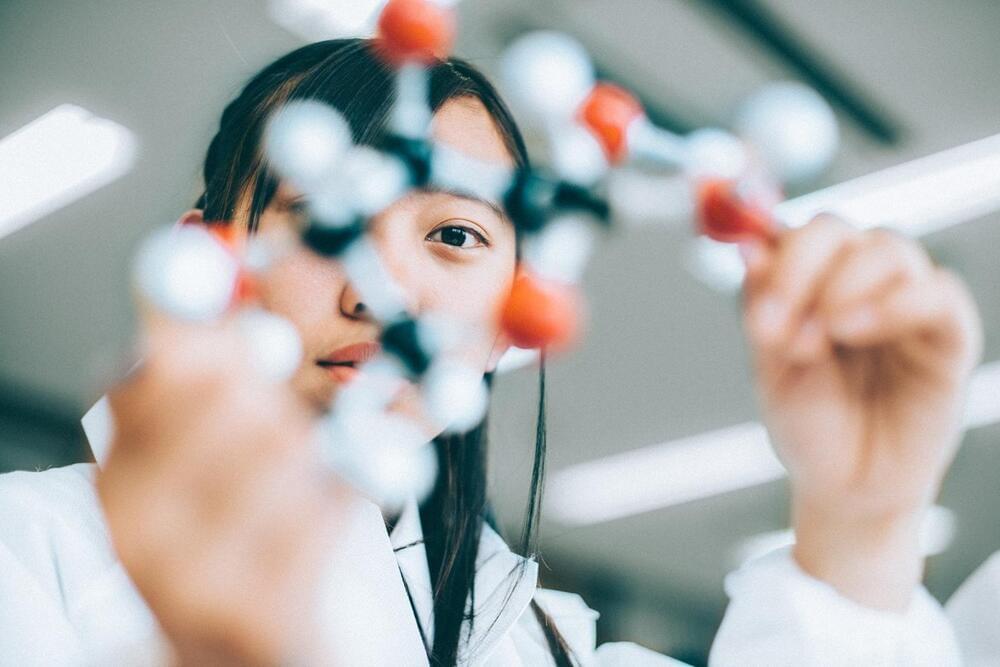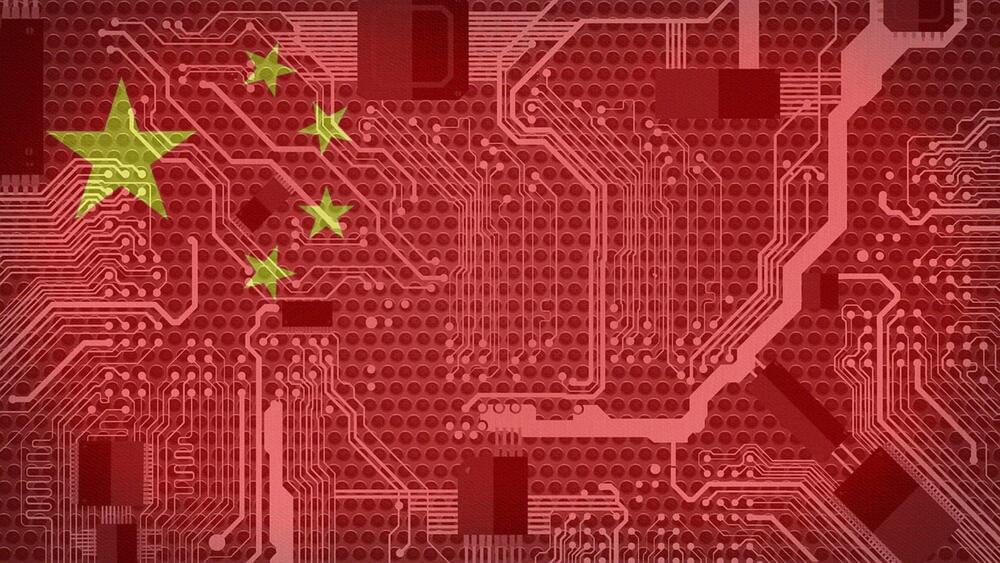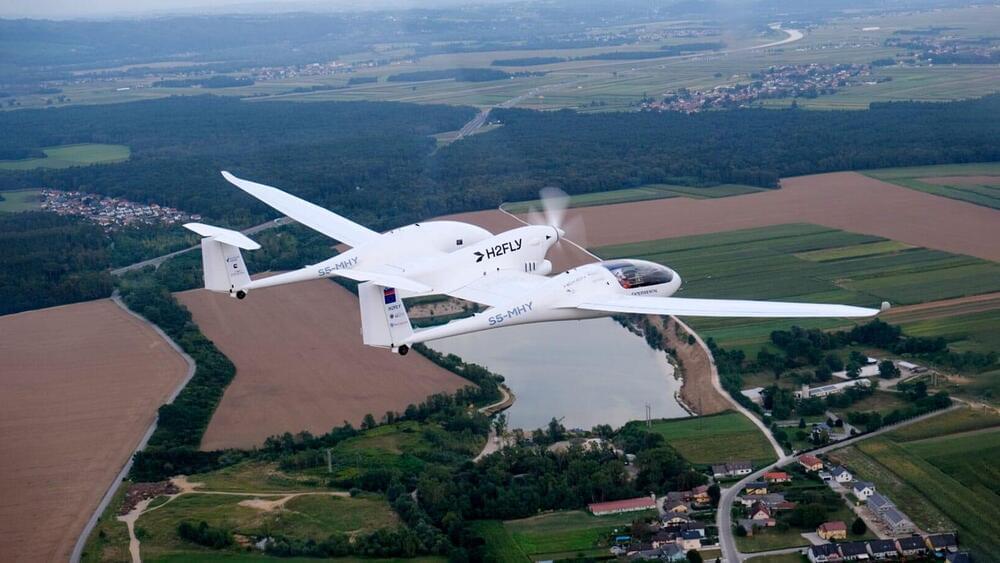September is the start to a new academic year. For many students, this means a fresh start and perhaps a chance to acquire some new study habits. Maybe this is the year you will stop putting everything off until the night before the exam? Now, there is some new evidence to explain why last-minute high-pressure cramming might not be the best way to retain information in the long term.
Imagine you’re an art thief planning an art heist. That was the role people played in a computer game under guidance of researchers from Duke University. But what they remembered about it one day later depended on the instructions they got when they started the game.
In this study, published in Proceedings of the… More.
Curiosity-driven exploration is more likely to help you retain information than having a more urgent mindset, according to a recent study.






 עברית (Hebrew)
עברית (Hebrew)

